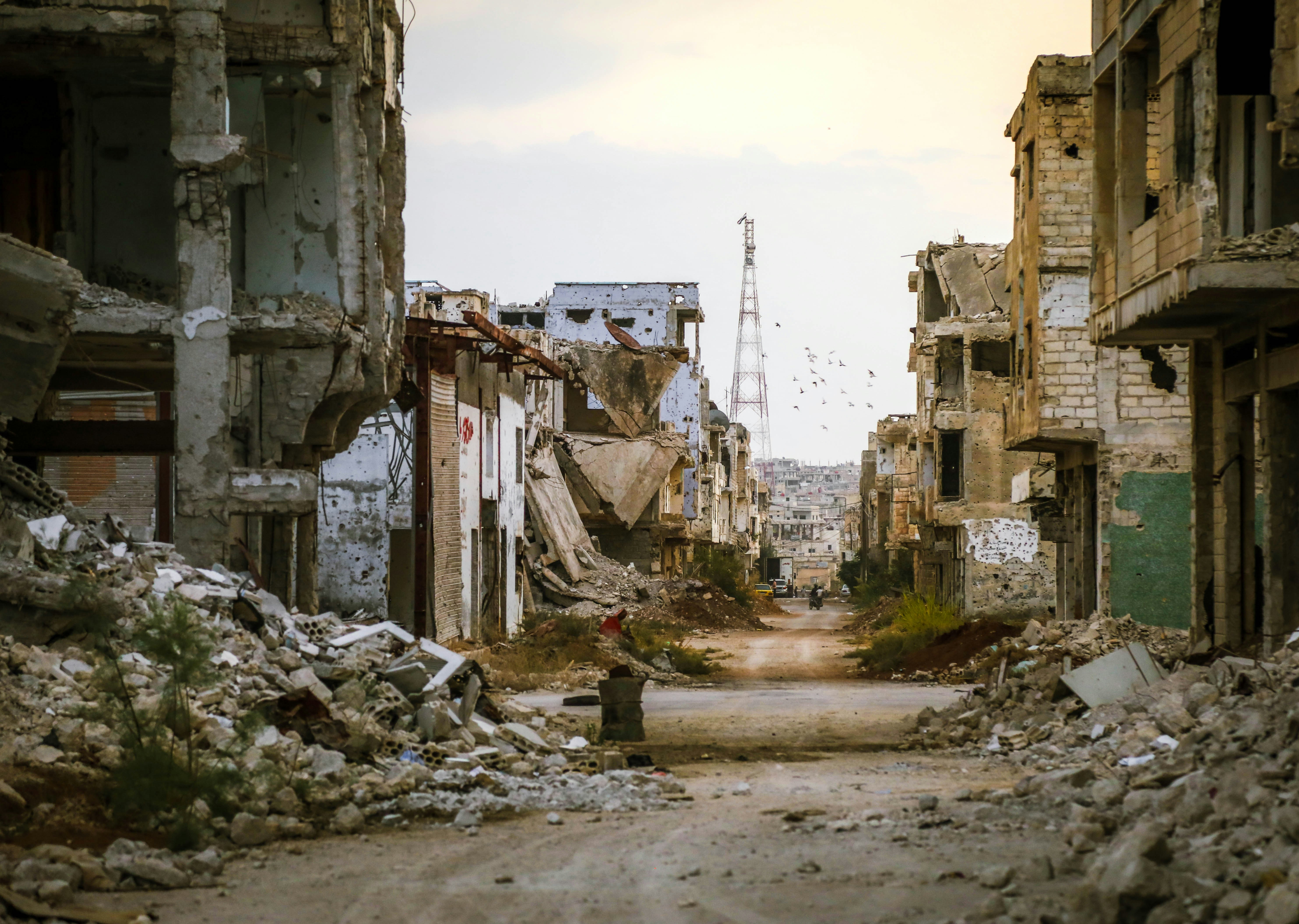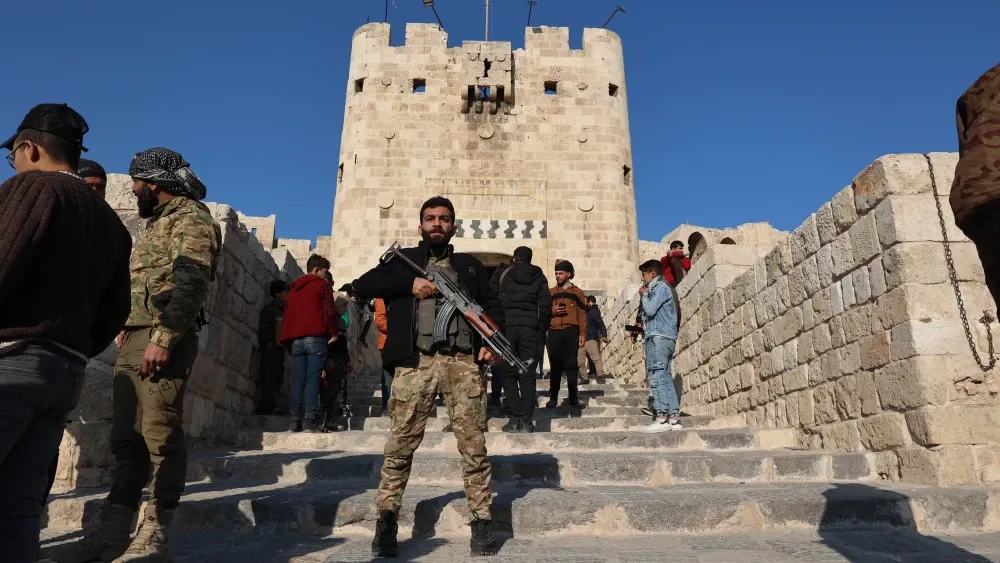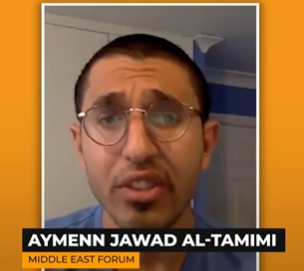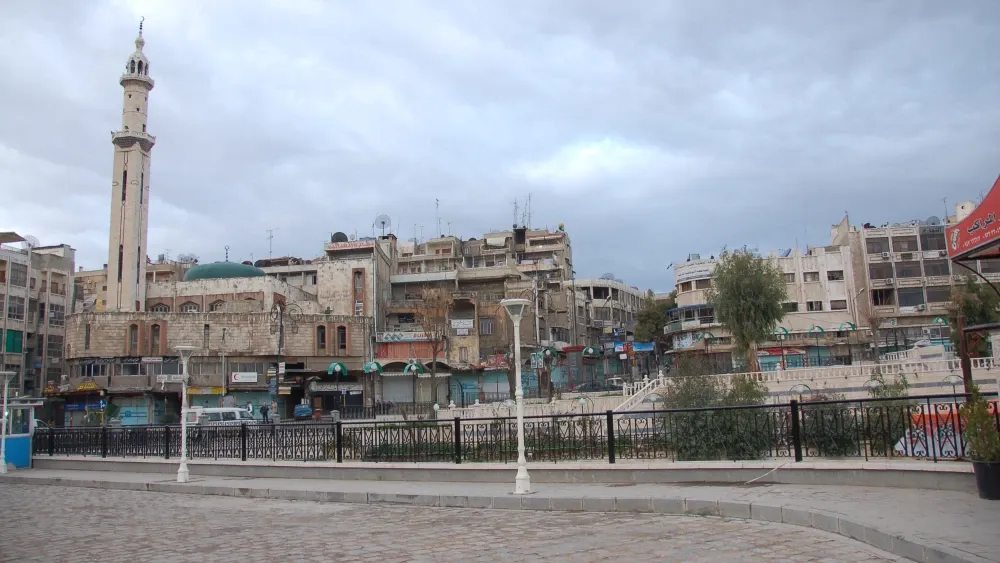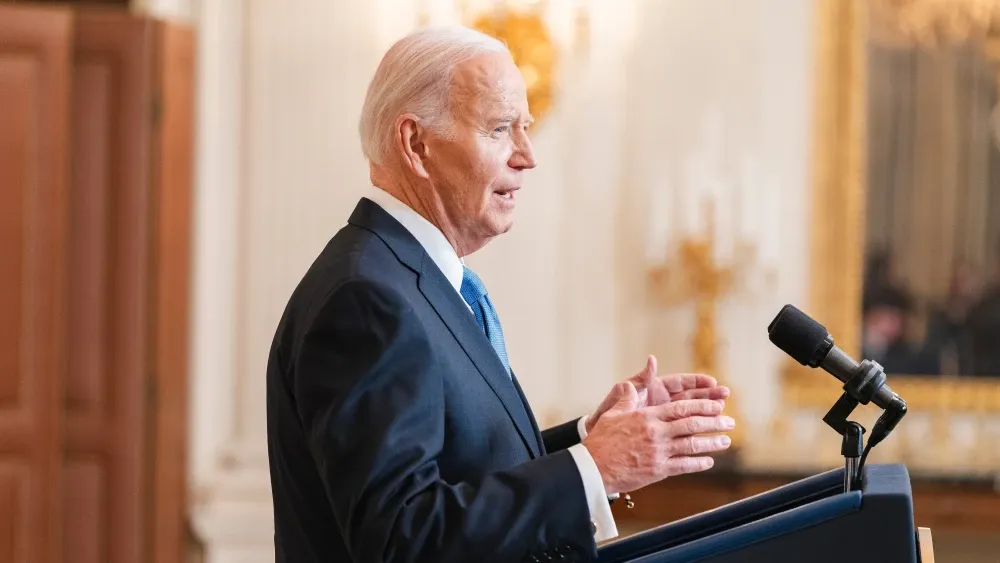| ||
 | ||
| Assad's Last Stand By Gregg Roman ● Dec 08, 2024 Smart Brevity® count: 6 mins...1621 words Welcome to a special edition of The Dispatch, focused on the dramatic developments in Syria following the fall of Damascus to opposition forces led by Hayat Tahrir al-Sham (HTS). This edition provides comprehensive coverage and expert analysis of this pivotal moment in Syria's 13-year civil war, examining its far-reaching implications for regional stability and international relations. | ||
Damascus Falls: A New Chapter in Syria's TurmoilSyrian rebel forces, led by Hayat Tahrir al-Sham (HTS), have taken control of Damascus, marking a pivotal shift in the 13-year civil war. Why it matters: The fall of Damascus reshapes power dynamics in the region, posing significant challenges for Assad's allies, Russia and Iran, and impacting U.S. strategic interests.
The big picture: HTS's rise raises alarms due to its history as an Al Qaeda affiliate and its designation as a terrorist organization, demanding cautious international engagement.
What's next: The rebel coalition's plans for governance are uncertain, with HTS's dominance posing challenges for future stability.
| ||
Syrian Opposition's Shift: Genuine or Tactical?Hay’at Tahrir al-Sham (HTS), a Syrian opposition group backed by Turkey, has taken control of Aleppo’s citadel and now controls Damascus. Why it matters: Western nations are cautious about HTS's intentions due to its past as a designated terrorist group.
The big picture: HTS is rebranding, emphasizing governance over jihadist ambitions.
What’s next: The West must decide if HTS's moderation is genuine or a tactical move.
| ||
Al-Tamimi's Insights: Post-Assad Syria's DynamicsMEF Fellow Aymenn Jawad Al-Tamimi offers insights into Syria's shifting landscape following the fall of the Assad regime, crucial for our readers. Why it matters: The collapse of Assad's regime marks a significant geopolitical shift in the Middle East, affecting regional stability and power balances.
The big picture: Al-Tamimi highlights diverse local responses, with Shi'a communities like Nubl and al-Zahara' grappling with new uncertainties in the absence of Assad's regime. What’s next: The dissolution of the "axis of resistance" poses challenges for Iran, Hezbollah, and Russia, as they reassess their roles in Syria's new era.
| ||
MEF's Syria Predictions Revisited Several key Middle East Forum scholars accurately forecasted aspects of Syria's trajectory in 2011. The big picture: Scholars like Gary Gambill, Daniel Pipes, and Jonathan Spyer highlighted the sectarian dimensions and Iran's pivotal role in shaping the Syrian conflict and regional dynamics.
Missed opportunities: Despite their foresight, some developments, like the rise of ISIS and Russia's intervention, were unforeseen.
| ||
Assad's Fall: Rethinking RapprochementMichael Rubin highlights the lessons from the fall of Assad's regime, urging caution in diplomatic engagements with pariah states. Why it matters: The collapse of Assad's government underscores the risks of legitimizing oppressive regimes through diplomacy.
The big picture: Assad's participation in Arab League summits marked a shift towards normalization, yet his regime's abrupt fall highlights underlying instability.
What's next: Policymakers should assess the potential for regime collapse against the risks of legitimizing oppressive authorities through engagement.
| ||
Strategic Chaos in Syria: A Calculated GamblePresident-elect Donald Trump advocates for U.S. non-involvement in Syria, but Daniel Pipes suggests a counterintuitive approach. Why it matters: Supporting Assad’s backers could strategically benefit U.S. interests by keeping adversaries occupied.
The big picture: A prolonged conflict deters a Türkiye-backed Islamist victory, preventing destabilization in the region.
What’s next: U.S. policy could include pressuring Türkiye to cut ties with HTS and allowing Russian forces to shift focus to Syria.
| ||
Syria: A Microcosm of Middle Eastern Power DynamicsThe recent offensive by Hayat Tahrir al-Sham (HTS) in Syria highlights the region's ethno-sectarian clashes and the influence of powerful states. Why it matters: The offensive underscores the fragile balance of power in the Middle East, with implications for regional stability.
The big picture: The now deposed Assad regime, reliant on Iranian and Russian support, faced challenges as allies are distracted by conflicts elsewhere.
What's next: Understanding these power plays is crucial for Western governments and stakeholders to navigate the region's complexities.
| ||
Syria's Conflict: A Complex Web of PowerRecent escalations by jihadist groups in Syria complicate diplomatic efforts by the UAE, Saudi Arabia, and the U.S. to distance Syria from Iran. Why it matters: The Syrian conflict, a battleground for regional powers, challenges strategic shifts aimed at reducing Iranian influence.
The big picture: The conflict underscores Syria's role as a microcosm of Middle Eastern power dynamics, with implications for global stability.
What's next: Nations must balance exerting influence without pushing Syria further into Iran’s orbit.
| ||
Northeastern Syria: Echoes of Nagorno-KarabakhMichael Rubin highlights the dire situation in northeastern Syria, drawing parallels to the Nagorno-Karabakh crisis. Why it matters: The assault on the Kurdish region by Turkish-backed forces is a slow-motion genocide, reminiscent of past ethnic cleansings.
The big picture: The Syrian Kurds, known for their secular and progressive governance, face existential threats as Turkey intensifies its military campaign.
What’s next: The world must confront the potential for a humanitarian catastrophe and address the geopolitical consequences of ignoring such aggression.
| ||
| As we conclude this special edition examining the fall of Damascus, we find ourselves at a historic inflection point in Syria's trajectory and broader Middle Eastern geopolitics. The diversity of perspectives presented by our scholars - from Michael Rubin's analysis of HTS's temerity in seizing power to Daniel Pipes' strategic considerations for U.S. policy - illuminates both the challenges and opportunities that lie ahead. The simultaneous collapse of Assad's once-mighty regime into a mendicant state, the rise of HTS as a dominant force, and the weakening of the Iran-Russia axis demand careful consideration from policymakers and regional stakeholders alike. | ||
| Was this edition useful? Your responses are anonymous | ||
| Powered by | ||
| ||


